Like The New 2016 Honda Civic, Other Carmakers Are Moving To Smaller Turbo Engines As Well
Most of our regular readers, and specifically Honda fans, know it by now that new 2016 Honda Civic coming next year is going to be turbocharged. The engine itself will be a smaller 1.5L unit compared to the current 1.8L motor. The 1.5L turbocharged engine is already being sold in the new Civic in North America. And that is not the only engine Honda has developed. Honda has also developed a 3-cylinder 1.0L turbocharged engine (1.5L is 4-cylinder). And for their sportier Si or TypeR Civic, there is a 2.0L turbocharged engine as well. That engine is of course all about performance and will be only available in the most expensive off the shelf Civic. We did argue that there is a chance that naturally aspirated R18 engine will be available in the upcoming Pakistani 10th generation Civic but that was just a hypothesis. It is very much probable that Pakistani 10th gen Civic will also be turbocharged.
RELATED: Tenth Generation Honda Civic Test Drive
Just a few months ago, Toyota also launched a new range of turbocharged smaller GD series diesel engine range for their Hilux Revo and Land Cruiser vehicles. The new engines are a 2.8L 1GD-FTV motor and a 2.4L 2GD-FTV motor. Both are smaller than their previous counterparts, make more power and are turbocharged.
Smaller turbocharged engines are not new. The trend of downsizing the engine capacity and slapping a turbo on it started a few years ago (for petrol engines). BMW has made some great naturally aspirated engines over the years. They perform phenomenally and sound absolutely brutal. Their V10 in E60 M5 was legendary. And even they stopped making those awesome sounding naturally aspirated engines and have moved on to smaller turbo engines. Same is the case with other German car makers. Audi has also started to focus on downsized turbo engines, and there are only a few NA engines available in their product line. They are giving a minuscule 1.2L turbo engine in their new A4. And same is the case with Mercedes-Benz. One can argue these carmakers usually make ordinary passengers car but when Ferrari also decides to launch a car (488 GTB) with a twin-turbo engine, it’s time to think about it seriously.
Well if you think it has everything to do with new powerful engines and nothing to do with cost cutting than you are wrong. Modern carmakers lack the passion of their founders. Economy and efficiency have taken control over the decision-making process of all these companies. It is more about making something efficient, and with as much fewer resources as possible and making it work harder than before. Also, the emissions law in Europe and rest of other developed world are getting stricter and stricter. Pakistan is far back when it comes to environment protection, but decisions are also not being taken in Pakistan either. Those companies don’t belong to us, and we have no input as such. So whether we want to play or not, we will have to abide by their rules. Europe came up with their Euro Emissions, and USA has their EPA. Both bodies set a standard for carmakers that forces them to produce cars that only make a certain amount of emissions. And this applies to both diesel and petrol.
Also Read: What Are Euro Emissions
EU made their car manufacturers to cut the NOx from their diesel engines, and that essentially made everyone there to put a turbo on their diesel engines. That not only increased the efficiency of the engines but also reduced the overall costs. Automakers like Volkswagen and Renault that produce diesel-powered cars had already moved to turbocharged engines to meet the emissions standards. VW had caught the smaller-turbo-engine bug more than a decade ago. That standard had essentially killed the naturally aspirated diesel engine in Europe. However, the current emissions standards are so strict that Volkswagen tried to cheat them with their ‘clever’ software because they couldn’t keep up with them. And look how that turned out for them.
Emissions standards got tougher and tougher, and finally they caught petrol engines as well. There was no other way for the automakers but to come up with a solution. They cannot just cut the engine size to reduce the emissions. It will make their cars underpowered. They had to find a solution. Either come up with an alternate energy solutions (electric vehicles or hydrogen powered vehicles etc.) or just downsize the engine and put a turbocharger on it.
Downsized engines that don’t rev high (downspeeding), it seems, are the future. All big European automakers agree that days of naturally aspirated engines are gone.
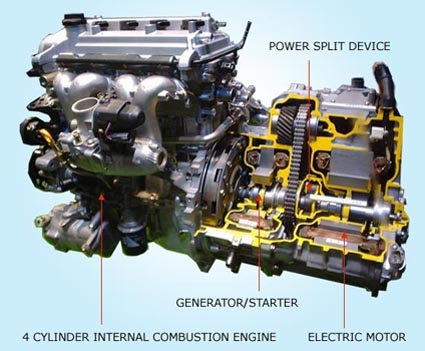 But one company that hasn’t completely given up on naturally aspirated engines is Toyota. Yes, they are already making turbo powered diesel engines, and they have one smaller 1.2L engine in the pipeline as well but they are not panicking for now at least. Toyota has their own ideas. They believe hybrid technology is the way to go. It’s all about providing sufficient torque at lower RPM to discourage the excessive high revving of the engine. The electric motor provided in Toyota hybrid cars work directly on the transmission of the car, providing sufficient torque during driving. Toyota believes, their HSD (Hybrid Synergy Driver) System is the way to go. And if anyone knows about efficient hybrid systems, it’s Toyota. Even that smaller 1.2L engine I mentioned before will be hybrid.
But one company that hasn’t completely given up on naturally aspirated engines is Toyota. Yes, they are already making turbo powered diesel engines, and they have one smaller 1.2L engine in the pipeline as well but they are not panicking for now at least. Toyota has their own ideas. They believe hybrid technology is the way to go. It’s all about providing sufficient torque at lower RPM to discourage the excessive high revving of the engine. The electric motor provided in Toyota hybrid cars work directly on the transmission of the car, providing sufficient torque during driving. Toyota believes, their HSD (Hybrid Synergy Driver) System is the way to go. And if anyone knows about efficient hybrid systems, it’s Toyota. Even that smaller 1.2L engine I mentioned before will be hybrid.
The question is, does it concern us Pakistani? The short answer is not really. We and rest of the developed world are not even in the same league. We have a whole bunch of other problems to solve before we start focusing on the CO of our half a century old Bedford buses. But, it doesn’t mean it is not going to affect us in the longer run. Also, rest of the developing world, including Pakistan, will achieve a secondhand benefit just by being in the proximity of the developed countries. Carmakers are going towards developing their own universal vehicle platforms to standardise the productions worldwide. New 2016 Honda Civic is being made on Honda’s new global architecture. Same platform will be used in the Civics made in Pakistan as well. So that means same smaller and fuel efficient engines for Pakistan as well. So even if we are not taking part in this new auto trend willingly, not that it actually matters, international laws are forcing carmakers to come up with solutions that will affect car industry in Pakistan as well.

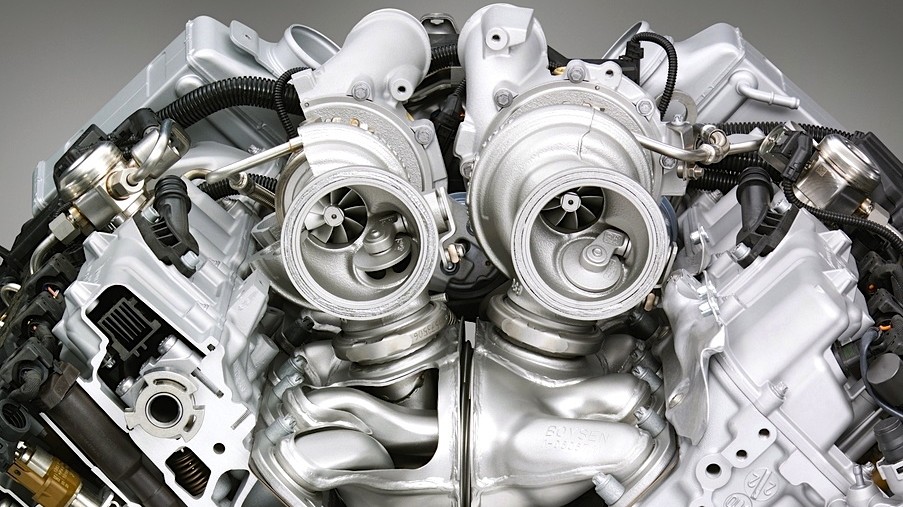
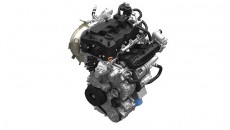
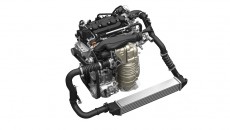
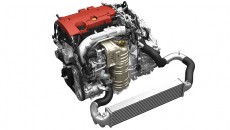
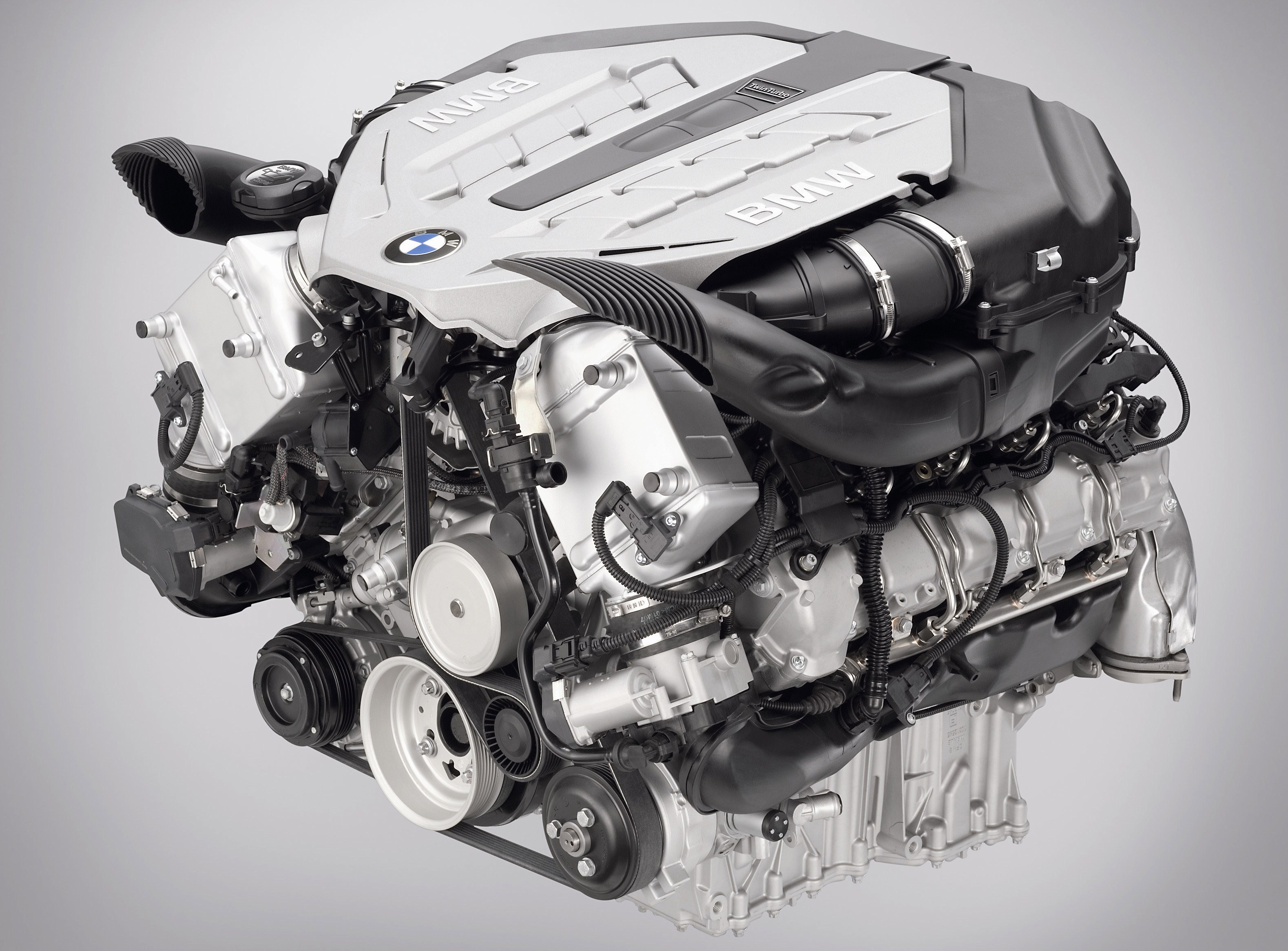
1.2 turbo engine is for A3 sedan not for A4 which is coming in new 1.4tfsi
Toyota is moving to turbo engines as well, but they’re starting with medium/large cars.
The 2AR-FE engine (2.5L) used in Camry and the 250-series Lexus vehicles (GS250, IS250) is getting replaced by the 2-litre turbocharged 8AR-FTS engine. Toyota Australia has indicated that the 2L turbo will eventually replace the 2.5L engines, and a larger turbocharged engine will eventually replace the 3.5L V6 engine used in the Lexus 350s (IS350, GS350). The 8AR turbo engine will eventually be the mainstay of Toyota’s medium/large cars because it generates torque very close to the 3500cc 2GR engines, but fuel consumption is much lower.
Toyota does not have any intentions in the short term to turbo the ZR series engines used in the Corolla or the NZ series engines from the Yaris (aka Vitz) though.
By the way, Honda Pakistan is unlikely to introduce the turbo engine here. Turbos are very intolerant of poor quality fuels, and they don’t like anything less than RON95 either in case of high-pressure turbos…our fuel is RON87.
well i have driven few German cars with turbo and the quality of fuel are not that bad if you mix or fill HOBC fuel, Atlas Honda is trying to avoid turbo engine due to cost which is higher than current R18 1.8 or even R20 2.0 engine
People driving Civics are unlikely to take the extra cost of HOBC on board. It’s about 15% more expensive than normal unleaded in Pakistan…
The other issue is longevity of the engine. Pakistan’s fuels have very high levels of particulate contamination and sulphur. Turbochargers will get fouled if the fuel has lots of sulphur…which our fuels do.
Luxury cars in Pakistan usually get babied and treated with a lot of care…Civic on the other hand is a common-use car that gets a thrashing. I doubt the Audis/mercs/BMWs in Pakistan get driven enough to show the effects of poor fuel on them…Perhaps the ones officially imported are also detuned to an extent…
well in my family we have few turbocharged cars, all are working fine. Sulphur are usually in diesel which i believed is the worse in Pakistan compare to other countries diesel fuel which contain very less, if you think our petrol is 87 RON then i dont know how my previous car like markx run on regular petrol as it require minimum octane 90RON, i used to mix as well but still regular petrol were fine even gave gud mileage. Secondly these R18 civic engine compression is 10.5 which also require 89RON run fine, i believe our petrol has improved from last 10 years as most of my friends have turbocharged sport cars like Evo 8, rx7s n supra running high boost with no problem. This new honda 1.5 turbocharged minimum octane require in US is 87 regular unleaded as its direct injection capable to work in this low octane, also its 174hp but if we detuned this engine to 150hp it will be perfect to run in our 87 RON as in Japan Honda Jade is also 150hp same engine as honda civic in US. Few of my racer friends have tested from lab as our High Octane is around 93-94 RON depend on some petrol pump and this was 6-7 years back, regular is around 87-90RON again depend on petrol pumps.
Nowadays these new modern turbo engine can be run on below 95RON otherwise why would they make mass production cars in turbocharged engine instead of naturally aspirated engine.
US Octane numbers use M+R, which is usually 5 Octane points lower on a scale than the normal “RON” number. US Octane number 87 (which is M+R/2) is the same as 91RON on the R scale. High compression engines that come to the thermo lab in my university are all rated for 95RON, which would be 91 on the US Octane scale of M+R/2. The R18 in Pakistan is detuned…the Australian-spec R18 is rated for 91RON minimum, whereas the Pakistani one is tuned for 87RON.
Also, our petrol sulphur limits are 225ppm…whereas in Japan and Australia the limit is 50ppm for fuel above 95RON.
According to OGRA and PSO, standard petrol in Pakistan is 87RON…which would be 82 on the M+R/2 scale used in the USA. Only total sells 91RON as standard.
It’s not that they’re too fussed about poor petrol…turbos are popular in Europe where the lowest Octane petrol is 95RON (91 M+R/2)
yes in US Octane rating is in AKI, like i said before if the new 1.5 turbo can be de-tune according to Pakistan fuel it can easily run. i had markx which got compression upto 12.1 was tuned to Japanese fuel but still it was running fine with no knocking problem.i used to hear 87RON in the past like 10-15 yrs back but now i have been hearing 89-90RON as the numbers of new efi engine cars increased from past few years. i have Audi A3 and A4 both got 1.8tfsi engine and on their fuel caps shows minimum RON requirement is 95, even on my grandfather E250 CGI shows minimum octane require 95 RON. I m not saying Pak fuel standard is up-to European or Japanese or even Australian standard but its still better than before and i hope to see more turbocharged small cars in Pakistan as its much more fuel econimical with enough power as bigger displacement engine.